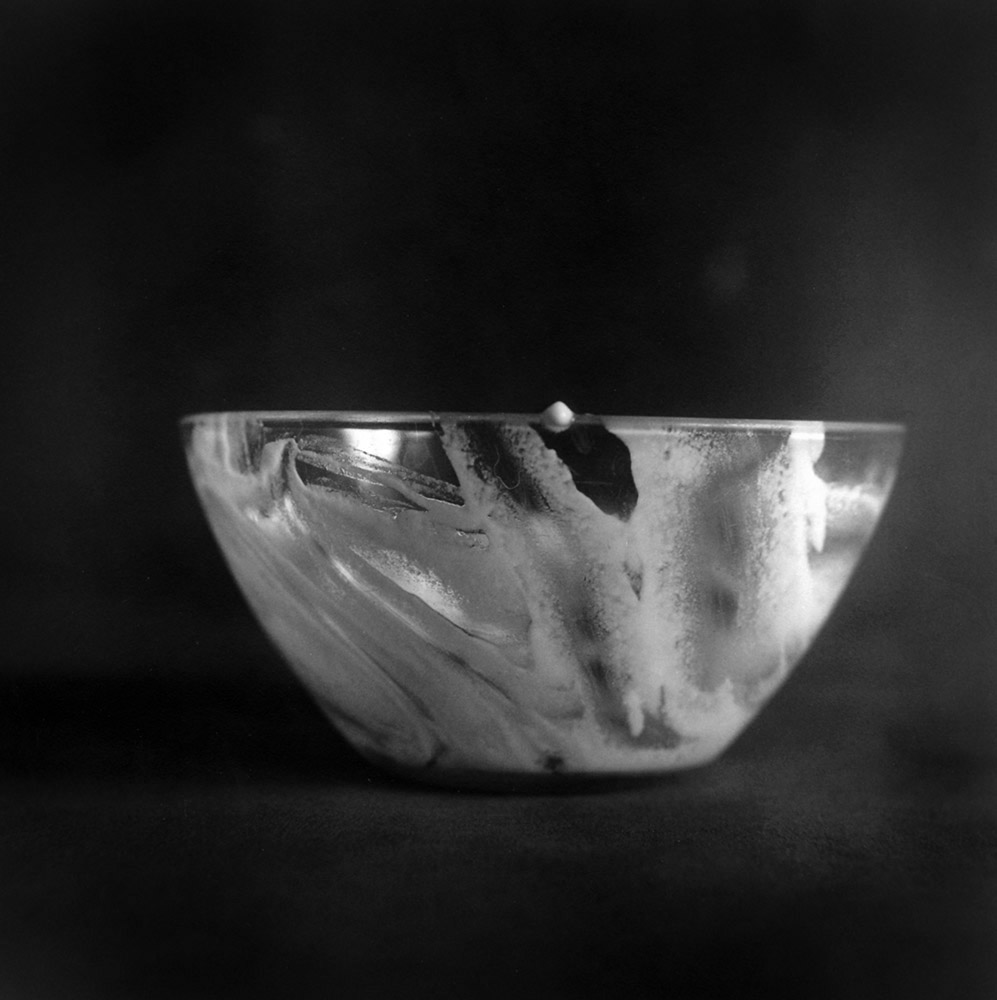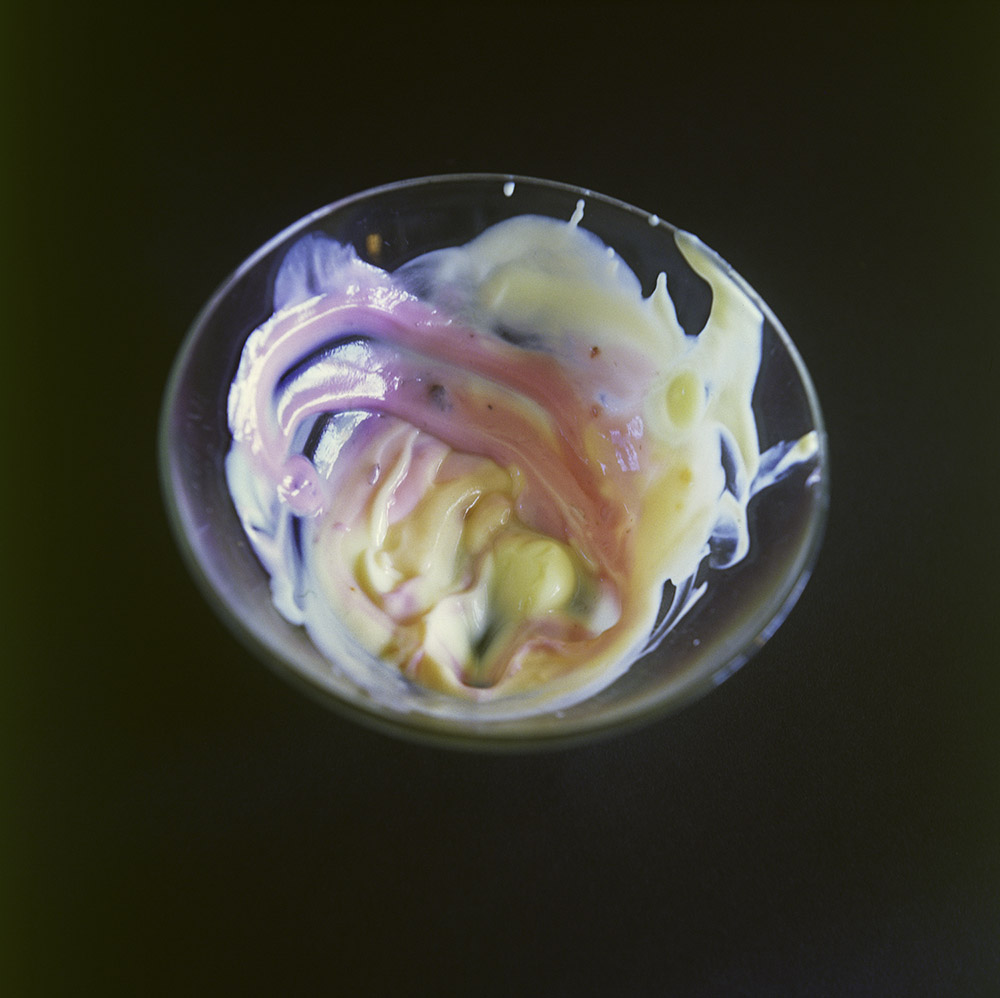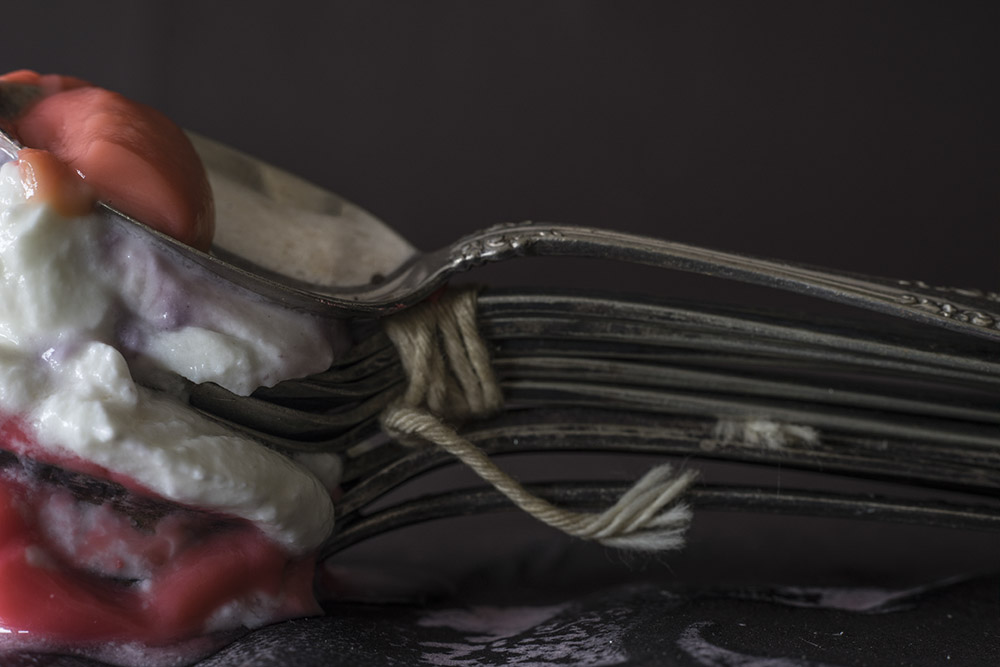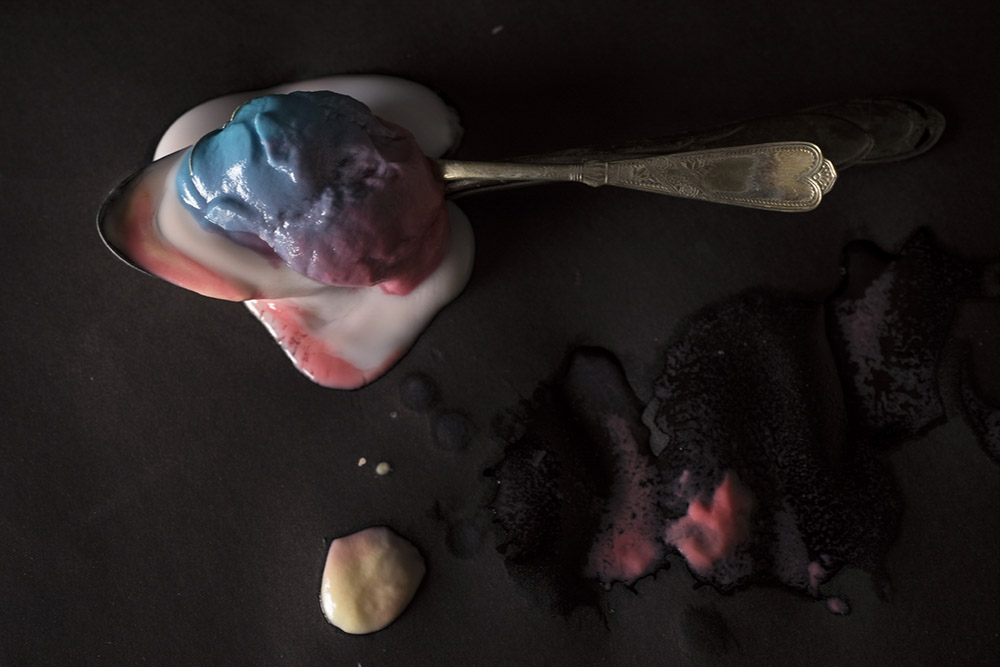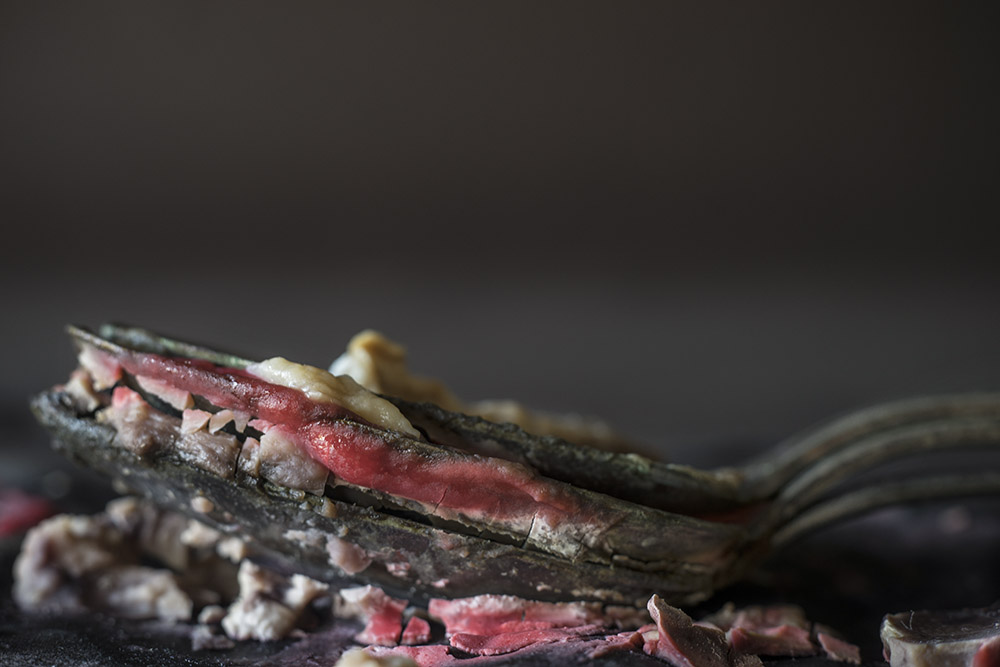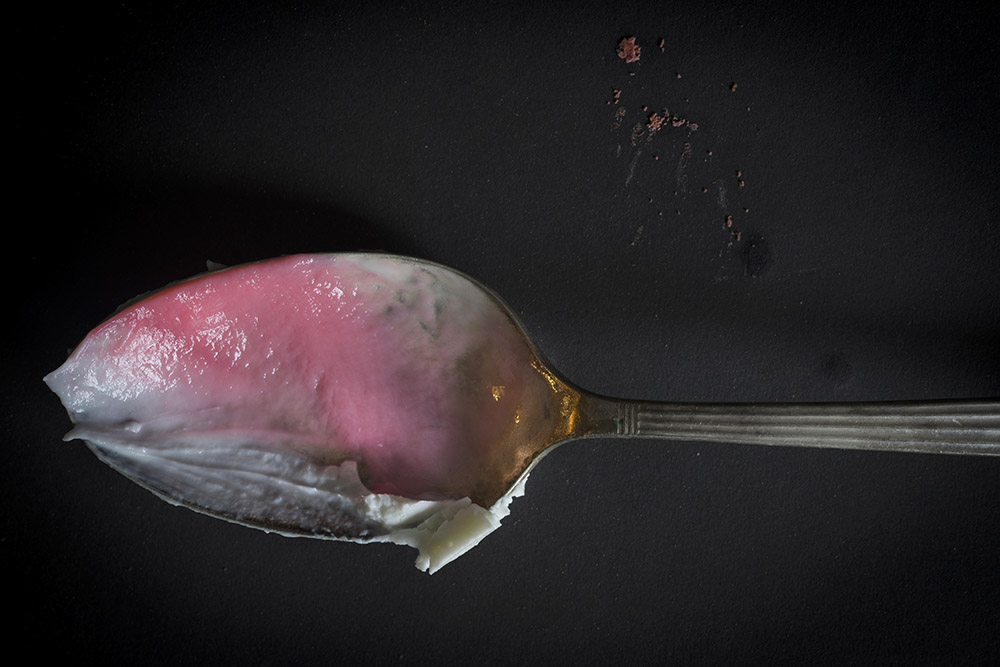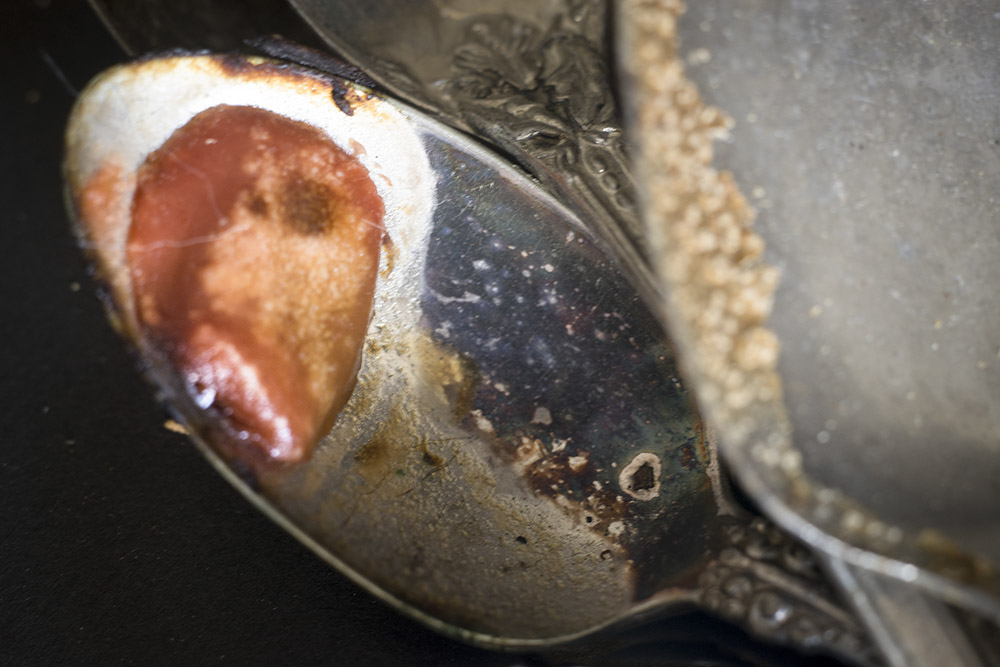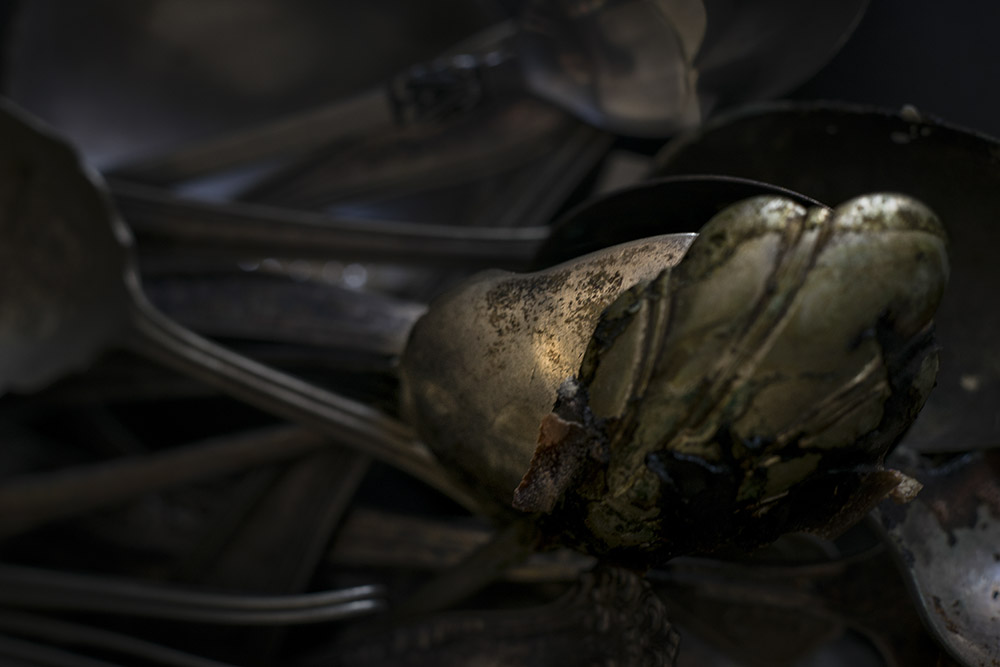Joan Fitzsimmons: The States Project: Connecticut
I met Joan Fitzsimmons through work events in higher education. In overseeing admission, enrollment and scholarship at Hartford Art School, I have had the benefit of meeting many artists and faculty from peer institutions. Joan teaches at Norwalk Community College. We have worked together in assisting her students to make the next step to four year colleges to further pursue photography and the arts as a way to find a place in the world. Joan immediately struck me as someone who was deeply invested in her work as an artist and teacher and how it would benefit her students. We have both been in the state for years, but had not come across each other until recently. Now we see each other all over the place.
Joan Fitzsimmons’ work examines the endless complexities and uncertainties of the quotidian in varying explorations of the photographic image. She received her B.F.A. from Washington University School of Art, St. Louis, MO and her M.F.A. The School of the Art Institute of Chicago. She has traveled to Poland on grants from Artslink, and The Kittredge Fund, researching Wycinanki, traditional cut-paper arts and visiting the forest Bialoweiza for her series, The Woods, a personal reflection on landscape, a place of both fear and fantasy. In Warsaw she also performed in a trilogy of videos, HalfAWoman, by Jacek Malinowski. This project was included tin Malinowski’s solo exhibition at Zacheta Gallery in 2016. Additionally Fitzsimmons has collaborated with Jeanne Criscola on, Oral History: A Recipe for Memories, a project that looks at food as a marker for memories and cultural transformation. Currently she is expanding her series Small & Large Thoughts, selection of which, were recently on display at The Institute Library in New Haven, CT
Fitzsimmons has exhibited nationally, internationally and online. In 2015 she had a solo show at The Griffin Museum of Photography, Winchester, MA. Her most recent group exhibitions include, Three Decades of Change Reunion Exhibit at Artspace, New Haven, an invitational in which past curators selected an artist to exhibit, whose work had had an impact on them; Analog v. Digital, Foley Gallery, LES, NY, NY; and Art & Oppression, a curated CENTER exhibition at the Marion Center for Photographic Arts,Santa Fe, NM. Work from her archives is currently on display in Eighties at Concepto/Hudson Gallery, Hudson, NY.
Fitzsimmons’ work is in the permanent collections of The Griffin Museum of Photography, Winchester, MA; The Brooklyn Museum of American Art; The San Francisco Museum of Modern Art among other public and private collections. Curated flatfiles include The Flatfiles at Artspace, New Haven, CT, Pierogi Flatfiles, LES, NY, NY, and The Drawing Center at Carroll and Sons Gallery, Boston, MA. She is a Professor at Norwalk Community College, Norwalk, CT and has taught workshops in the US and abroad. She conducted an art program, for five years, at Webster Correctional Institute, CT.
Small & Large Thoughts
In my work, I’ve asked questions about human relationships, the nature of home, my relationship to nature, and the significance of the quotidian. The ordinary act of living is endlessly complex and uncertain. It is through the ordinary that, for me, the world resonates. For the past several years these ideas have manifested themselves in my series, Small & Large Thoughts. This series literally began with a casual glance, an observation after lunch. My emptied bowl of yogurt looked like the remnants of a painter’s palette. I began to reflect on that artform’s centuries of practice, shooting in black and white, then color. In shooting, I noticed neglected spoonfuls of yogurt, now given over to decay, demanding to be stacked, sculptural presences. I now actively search flea markets, yard sales, etc., for utensils of interesting patina and form. I shop grocery stores for my palette of yogurts. I have become more intentional in constructing forms and making marks. I have often, increased the scale, further referencing other media.
A casual glance occurred again; the spoonfuls of yogurt, now given over to decay, empty containers demanding to be stacked, sculptural presences. Containers are piled like building blocks. Spoons become containers. They are both sculptural presences and paint repositories. They act like brushes for my palette. Time intercedes and these articles take on additional meaning. Decomposition ensues. My act of photographing is a reclamation. Reclaiming and reexamining heirlooms of home, mine & others, is not merely recycling objects and collecting memories, but claiming their very simplicity as material for art-making.
In considering my work’s relationship to the past, I now also look at it in a present-day context, and the past is present. Given the current political climate, I now note that my materials and imagery and manner of collecting them, suggest/are traditional female work, so I am, once again, ready to place it within a feminist context. I expect this project will continue for many more years.
Did you begin your career as an artist in photography? Tell us about how you came to photography.
I began my art career in a traditional program, studying drawing, painting, & printmaking. I thought that I would become a painter. I was told that I would need to learn to take slides of my work in order to advance my career, apply to graduate school, share my portfolio, etc. So, my senior year I took a photography course. I felt much freer creatively. No fear of the blank canvas. No worries about painting ‘being dead’. I’ve never lacked for images or ideas photographically. I ran with it.
The primary subject of most of your work is domestic objects. When and how did this first come to be?
I once titled an exhibit “Random Thoughts and Casual Glances”. I think that accurately describes my creative process. I meander through a rather ordinary life and catch a glimpse, out of the corner of my eye. As I’m strolling I often reminisce. I sometimes daydream. Ideas & images occur. They are usually drawn from a space within my head, a space that encloses memories and imagination. My world is small. It is populated with the objects of a quotidian existence. I have become interested in the significance of the mundane.
There are abstract moments and qualities in some of the work. What could you tell us about your interest in and use of abstraction?
It began with an observation after lunch. I noticed that the remains of my bowl of yogurt suggested strokes of paint. I began to reflect on the history of painting, and abstraction in painting, as well as other artforms. In some sense, my work is often a commentary on the relationship of photography to other media.
You have created many varying bodies of work. How do those past projects relate to this one? Is there one conceptual thread that runs through them all?
I have reached a point of reflection in my life. I am, at present, attempting to draw, and understand, the relationships among my various series. My portfolio meanders. I tend to work on several projects at once. I’ve examined the tenuous, ebbing boundaries between reality and perception. I’ve asked questions about human relationships, the nature of home, my relationship to nature. The ordinary act of living is endlessly complex and uncertain. It is through the ordinary that, for me, the world resonates.
A friend once described my work as being existential. I think it probably is.
How has your work as a teacher impacted your work as an artist?
Teaching is certainly a major time commitment. It has quite directly impacted my work technically with the need to learn, and the access to, digital technology. I am working much more with color and scale now than I used to. I love the variety of papers available. I much prefer the colors of inkjet prints to C prints. I think that I have been more rewarded personally. I do know that teaching has made me a much more empathic human being. While some of my images may contain a droll humor, there is no irony to them.
Outside of photography, what other mediums and it’s respective artists influenced your work?
I look at all artforms, including photography. Early in my career I was very influenced by performance art and film.
In 1973 I worked as a teaching assistant in Mexico, with my undergraduate university. I first encountered the work of Frieda Kahlo at the Museo de Arte Moderno, initially repulsed, then convinced. The intensely personal nature of her work, and that of Lucas Samaras’ auto-polaroids were pivotal. As a quiet person, I was allowed to turn inward. The personal, performative aspect of this, and the work of many 70’s feminist and conceptual artists is more clearly demonstrated in my earlier work. At present I have a selection from my series, “On the Passions of Moments of Parting” on display in the exhibit “The Eighties” at Concepto/Hudson Gallery, in Hudson, NY, that more clearly demonstrates that influence. I’ve also had the privilege to explore performance, especially by working in a trilogy of videos “HalfAWoman” by the Warsaw artist Jacek Malinowski.
Currently I am looking at photographers Rinko Kawauchi and Masao Yamamoto. I am intrigued by the way they address perception and meaning.
What might come next?
I have begun, barely, a new series entitled “Dust to Dust”. I am an older artist, and not much of a housekeeper. One day, while sitting on the couch, reading the newspaper, I noticed dust bunnies underneath my desk. I thought to myself, “I should clean that”. Then I returned to my paper and coffee. Later, I decided that if I made a series out of it, I might clean more.
I’m now collecting/recycling plastic containers and using them as repositories for dust, and objects to be photographed. It also now occurs to me that this presages the final stage of life.
Posts on Lenscratch may not be reproduced without the permission of the Lenscratch staff and the photographer.
Recommended
-
Salua Ares: Absense as FormNovember 29th, 2025
-
Ricardo Miguel Hernández: When the memory turns to dust and Beyond PainNovember 28th, 2025
-
Pamela Landau Connolly: Columbus DriveNovember 26th, 2025
-
KELIY ANDERSON-STALEY: Wilderness No longer at the Edge of ThingsNovember 19th, 2025
-
Jackie Mulder: Thought TrailsNovember 18th, 2025

